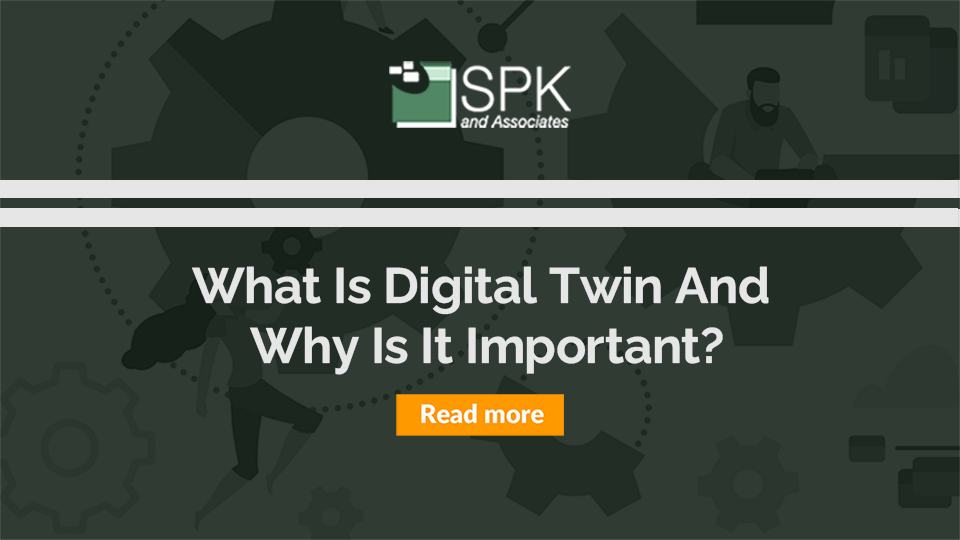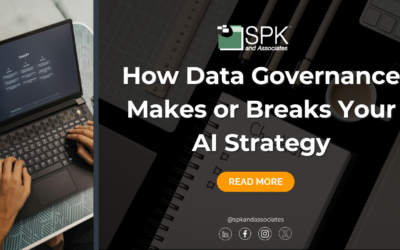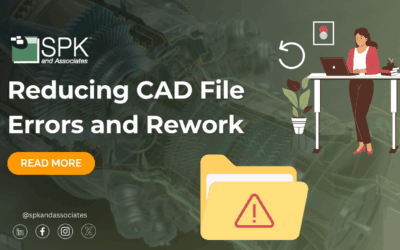Manufacturing companies, even the ones that are not highly regulated, have no shortage of complexity these days as they build, scale and manage multiple interdependent pieces of equipment, software bundles and networks. All this, while under time and cost pressures. They need new, faster ways to problem-solve and optimize. Enter… the digital twin.
Today, companies are collecting a vast amount of data about their equipment, products, and facilities. Companies get it from sources like equipment sensors, business applications, video cameras, and connected devices. The same companies are looking for ways to use this data and innovate in order to gain a competitive advantage. In order to use the data effectively to improve their products, they’ll need a digital twin.
So what is a digital twin?
In the simplest terms, it is a virtual representation (or model) of a physical thing. It needs to be an exact virtual replica. The “thing” can be a product, a medical device, a building, etc. The physical thing is out in the real world, with sensors, collecting data, how it is affected, how it responds, and so on. What happens when data is effectively collected and stored? It provides invaluable information back to the company as to how the product is performing, or being used, or failing, and so on.
The purpose of the digital twin is to optimize operations, increase production output, maximize equipment performance, and provide real world usage feedback to R&D that might improve the product.
Digital twins are powerful tools for innovation. But many organizations don’t know where to start, or how to implement them to make meaningful impact. But the concept is becoming more mainstream, and there are players in the market that are making it easier and more cost effective to create digital twins.
What can digital twins help me do?
Because there are more companies adopting this concept, there are many use cases available online. A use case could include:
- Improving field operations for manufacturing plans;
- Increasing equipment uptime for remote facilities (which decreases labor costs and increases production);
- Monitoring temperature and air quality of commercial office buildings in order to optimize experience;
- Gathering data on how a product is being used in real life;
- Providing predictive analytics on equipment for MTBF.
As an example, one main use case is quality prediction in the pharmaceuticals manufacturing industry. A global pharma company wants to improve their visibility of plan operations. They do this in order to predict the quality of the batches produced. So, they create a digital twin of their manufacturing plant, and collect and analyze data. This can help those working in the plant to use the right amounts of ingredients under the right conditions. In turn, this keeps quality high, costs low, and their product standardized from batch to batch.
What do I need to get started with a digital twin?
By now, you can probably understand that having a digital twin will allow quick learning cycles without having a physical product, production line, or other changes. Essentially, much like the Agile methodology for software, digital twins can help accelerate risk assessment and reduce production time. With the help of digital twins, organizations can test and validate (or discard) their hypotheses about increasing productivity, reducing costs, or making a better, more useful, more marketable product.
In order to get started with a digital twin, you’ll need to begin with a virtual model of your product. In the world of devices, equipment, or similar products, you most likely have this already as 3D models stored in a PDM or PLM system.
Then, typically the engineering team identifies the kind of data they think would be valuable to collect. This could be related to how the product is used, the environment the product is used in, the functioning of components of the product, and so on.
Next, you’ll need a strategy and plan for capturing that data, using sensors or software. A data engineering plan addresses the ingestion and organization of the data. In our experience, this is where many companies fail. This data engineering work is just too hard, too complex, or too multi-siloed to get done quickly and easily.
It helps to have experience and tools.
In this world, obviously experience and tools can make a difference. SPK and Associates has experience with both PLM and the data engineering process, to help combine these data sources in order to create and manage a digital twin. In terms of the tooling, it can include AWS IoT TwinMaker, Azure Digital Twins, PTC Windchill, Aras Digital Twin Core, and GE Predix, to name just a few. These give developers a platform to create digital twins of real-world systems such as buildings, factories, industrial equipment, and production lines, and use the data intelligently.
One of SPK’s partners, PTC, has an eBook available on how digital twin use cases drive digital transformations. If you’re interested in having a conversation about how to get started with digital twins in your company, we’re happy to help.






